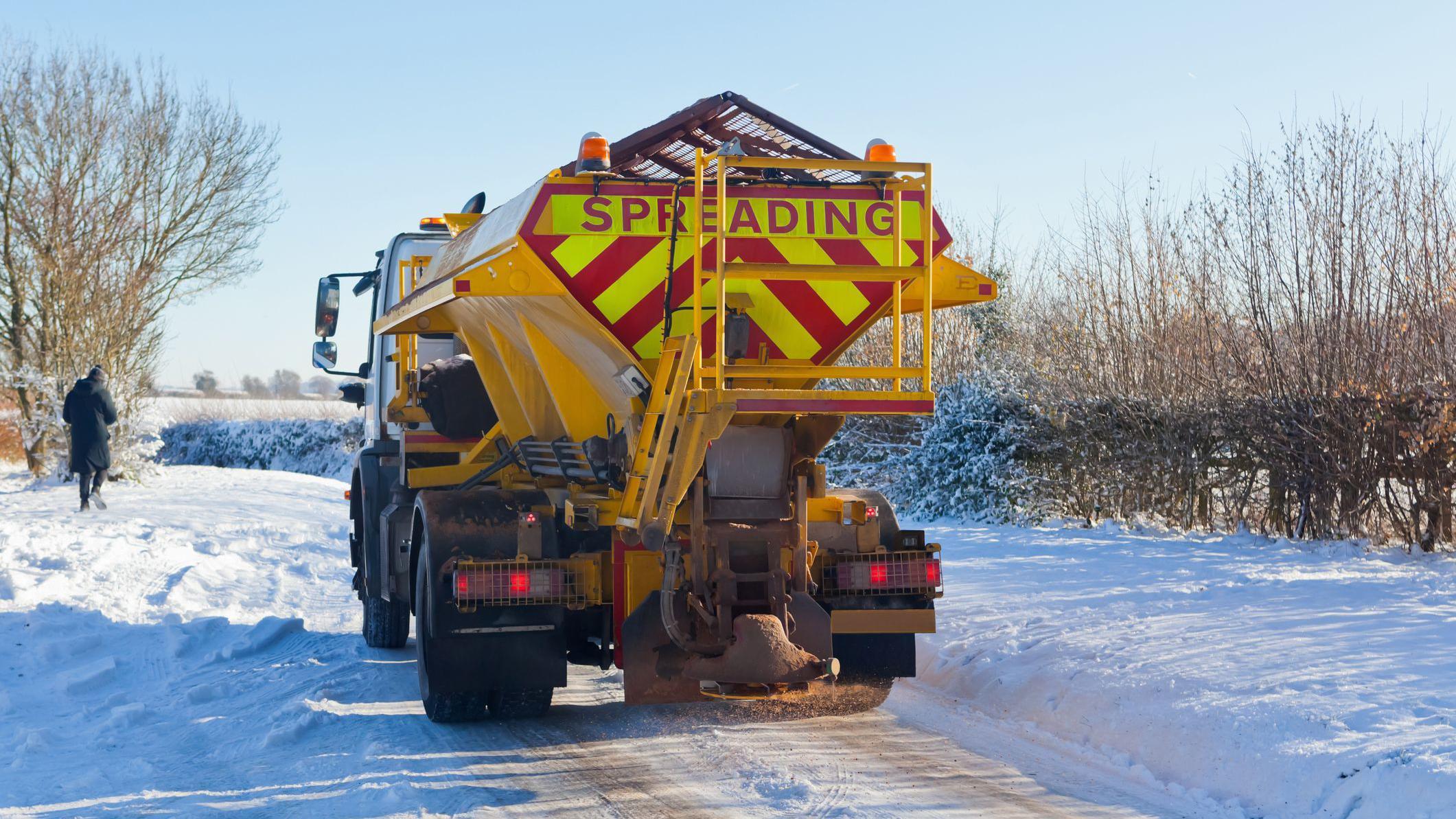Community Involvement in Winter Road Maintenance
Residents in remote areas of Powys are being encouraged to take part in maintaining road and path conditions during the winter months. This initiative is part of a broader plan by Powys Council to manage the gritting network more efficiently. The council’s scrutiny committee has proposed reducing the number of roads that are gritted, aiming to cut 207 miles (334 km) from the current network. In place of this, they plan to install 100 salt bins in hard-to-reach locations to help local communities deal with icy conditions.
The decision comes after the council noted that the gritting routes have not been reviewed for over two decades. They claim that extreme weather conditions, such as “whiteout” situations, will be addressed in the same manner as before. However, the proposal has sparked concerns among some members of the council, who fear that it could leave certain communities vulnerable.
At a recent meeting of the Economy, Residents and Communities Scrutiny Committee, councillors were presented with a draft report outlining phase two of the winter service review. The cabinet, which includes members from the Liberal Democrats and Labour parties, is set to consider three different options when discussing the proposal further.
Committee members recommended the second option, which involves categorizing roads into five tiers based on priority and removing some routes from the gritting schedule. Jackie Charlton, a Liberal Democrat cabinet member responsible for highways, recycling, and transport, stated that the proposal aligns with national best practices and aims to provide a fair and consistent winter service across all communities in Powys.
Despite this, Conservative councillor Pete Lewington raised concerns about the potential consequences of removing certain routes from the gritting network. He warned that this could lead to isolated areas facing harsh winter conditions without adequate support. Lewington also pointed out the assumption that residents in these areas are both willing and physically capable of helping maintain untreated roads, especially if they need to access a grit bin first.
Shaun James, a senior manager in the highways technical and business services department, emphasized that the changes are focused on “precautionary treatments.” He assured that the council would continue to respond to extreme winter conditions in the same way as before. If additional funding is required, the council plans to use money from the risk reserve to cover the costs.
Key Concerns and Reactions
- Community Impact: Some council members worry that reducing the gritting network may leave certain areas without proper support during severe weather.
- Public Participation: The idea of encouraging residents to grit roads themselves has raised questions about accessibility and physical capability.
- Funding and Resources: There is a need to ensure that the council can still respond effectively to extreme weather conditions, even with changes to the gritting plan.
- Prioritization of Routes: The proposed tiered system for road prioritization aims to balance efficiency with community needs.
The proposal is part of a pilot program designed to test new approaches to winter road maintenance. While the goal is to create a more sustainable and efficient system, there remains a need to address the concerns of those who feel that their needs may not be fully considered.







